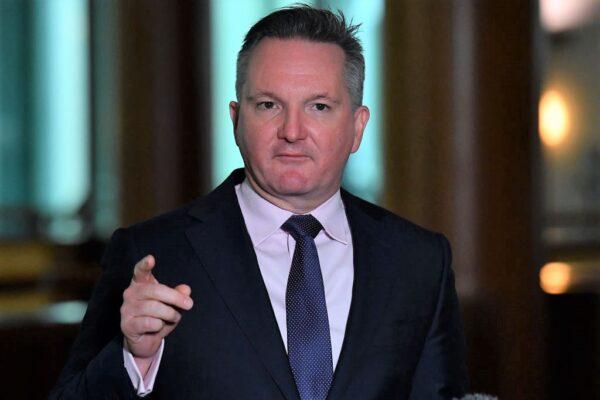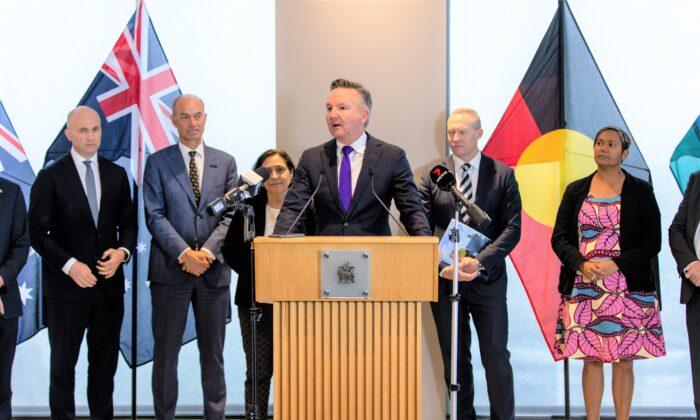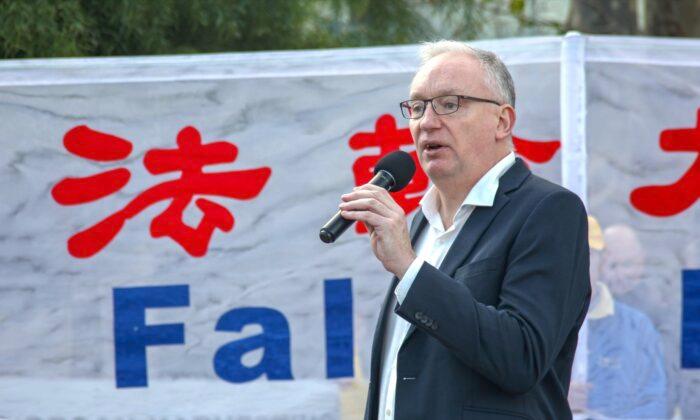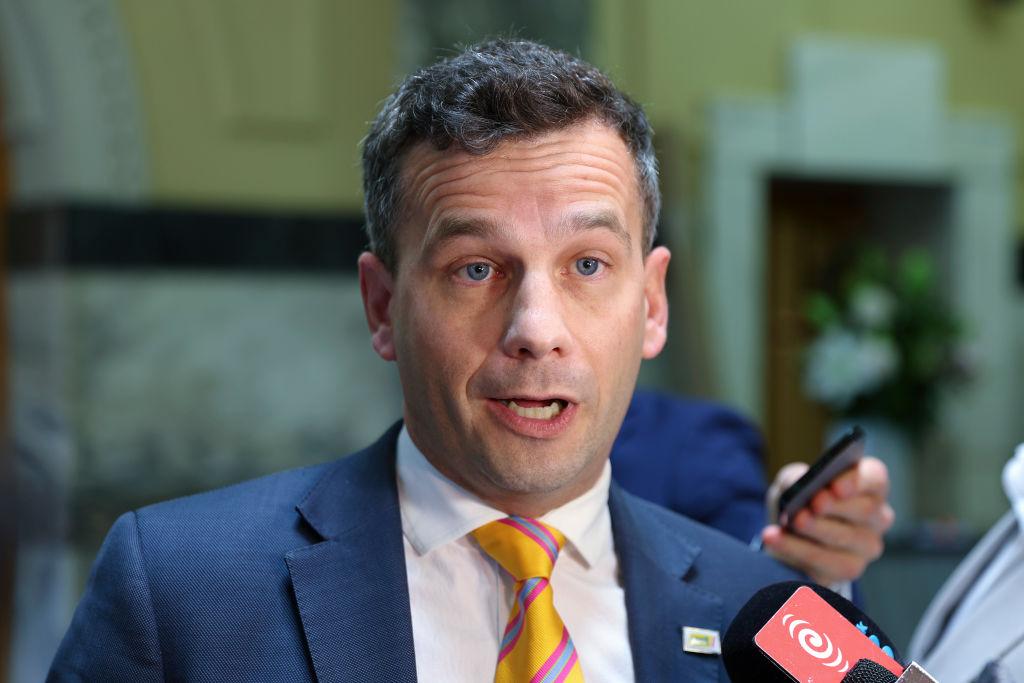The Albanese government has received approval from state and territory governments to establish a scheme that will drive investment into renewable dispatch capacity as energy prices soar.
Federal Energy Minister Chris Bowen announced that a capacity investment scheme will ensure renewable energy reliability.
The scheme aims at ensuring households and businesses can reliably have renewable energy available when required.
“It will help ensure that in future, Australia has an ongoing supply of cheap, renewable, domestically produced energy, regardless of global conditions,” he said.
“By accelerating new investment, this scheme will encourage the ideal mix of storage and renewable technologies needed in the system over the coming decade.”
Bowen said further details will be released in the coming months, but noted that coal and gas will not be eligible to receive any of the investment funding.
The energy minister said the mechanism was needed because coal-fire power was becoming “increasingly unreliable.”
Australia’s coal-fire power stations reaching the end of their life cycles while the building of new plants receive significant opposition. Companies are also under increasing pressure to close plants earlier.
“This is a sensible, carefully designed mechanism which will unleash investment in clean, dispatchable energy right across Australia, firming our grids, providing that extra capacity as more and more old power stations leave the grids, as more and more coal fired power stations inevitably close, we will be firming our grid going forward,” Bowen said.

New South Wales Energy Minister Matt Kean said he was pleased that the capacity mechanism in the state will be supported by the federal government.
“We know there are huge challenges with this transition, but a non negotiable is ensuring that we keep the lights on during the transition, and that’s exactly what will happen as a result of today’s decision,” he said.
Kean said the state “did not need” compensation for lost coal royalties as a result of the coal cap, but he had asked Bowen for financial assistance to help families and businesses with energy prices.
“We are very close to landing a deal. New South Wales wants to work with the Commonwealth to ensure that we protect not only electricity users in New South Wales, but indeed electricity users across the national energy market,” he said.
Victorian Energy Minister Lily D'Ambrosio said with the support of the new capacity mechanism, the state government’s goal of delivering 95 percent renewable electricity by 2035 was more in sight.
Consumer Watchdog Warns of Higher Prices
It comes after the Australian Competition and Consumer Commission (ACCC) warned that the current high cost of gas and coal may remain elevated for another two years.In the recent budget, the Treasury department forecasted gas prices to rise by 44 percent, and retail energy prices to rise by 56 percent over the next two years.
She warned that the declining competition as a result of the exit of several small retailers forces consumers to choose a new energy provider between a smaller selection of more expensive market offers.
“We understand that much higher energy prices are already hurting Australian households. We’re drawing attention to the challenges facing smaller retailers, because we know if we lose retail competition everyone will pay more for electricity over the long term.”






Friends Read Free